Description
Sulphur Tilefish belong to the family Malacanthidae and are characterized by their unique appearance and behavior. They are notable for their elongated bodies and vibrant coloration, making them an intriguing addition to marine aquariums. These fish are known to create burrows in sandy or soft substrate, where they spend a significant portion of their time.
In the Aquarium:
Providing a suitable substrate that allows for burrowing is essential when keeping Sulphur Tilefish in captivity. Sand or fine gravel is recommended to mimic their natural environment. Additionally, incorporating live rock and other structures can provide hiding spots and mimic their habitat on the reef.
Diet:
Sulphur Tilefish are omnivorous and primarily feed on small crustaceans, zooplankton, and other tiny invertebrates. In the aquarium, they can be offered a varied diet that includes high-quality pellets, frozen foods like mysis shrimp and brine shrimp, and even live or frozen copepods to replicate their natural feeding behavior.
Behavior and Compatibility:
These tilefish are generally peaceful and can be kept in community aquariums. However, they may become territorial around their burrows, so providing ample space and hiding spots for other tank inhabitants is important. They are not known to bother corals or other sessile invertebrates.
Habitat and Origin:
Sulphur Tilefish are typically found in the tropical waters of the Western Atlantic, particularly in the Caribbean. They inhabit sandy or muddy areas near reefs, often at depths ranging from 15 to 150 feet (5 to 45 meters).
Special Considerations:
When introducing Sulphur Tilefish to an aquarium, it’s crucial to ensure proper water parameters and conditions. They prefer stable water temperatures, good water quality, and adequate lighting if you plan to include live corals in the setup. Providing a well-established tank with mature live rock can also support their natural behavior and feeding habits.
Please note that the appearance and behavior of individual Sulphur Tilefish may vary. The information provided here offers a general overview to help you provide the best care for these captivating fish in your aquarium.

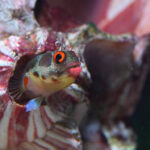
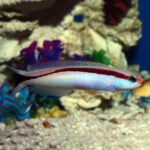
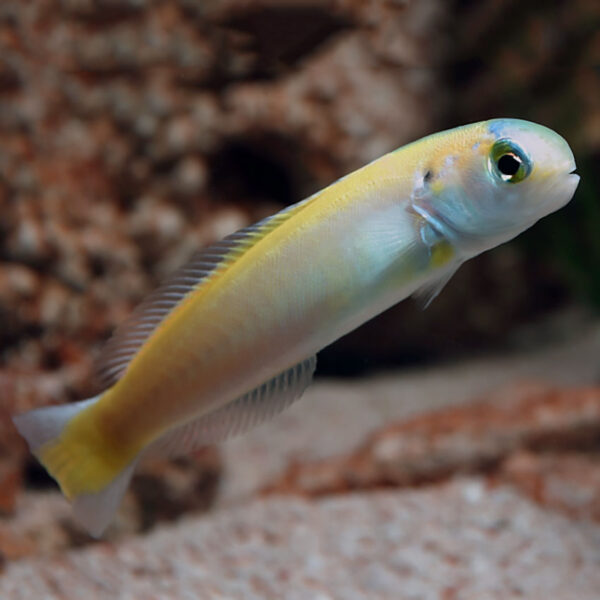



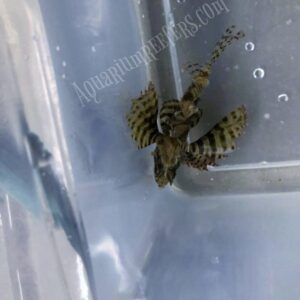
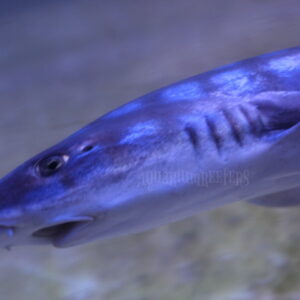
Reviews
There are no reviews yet.